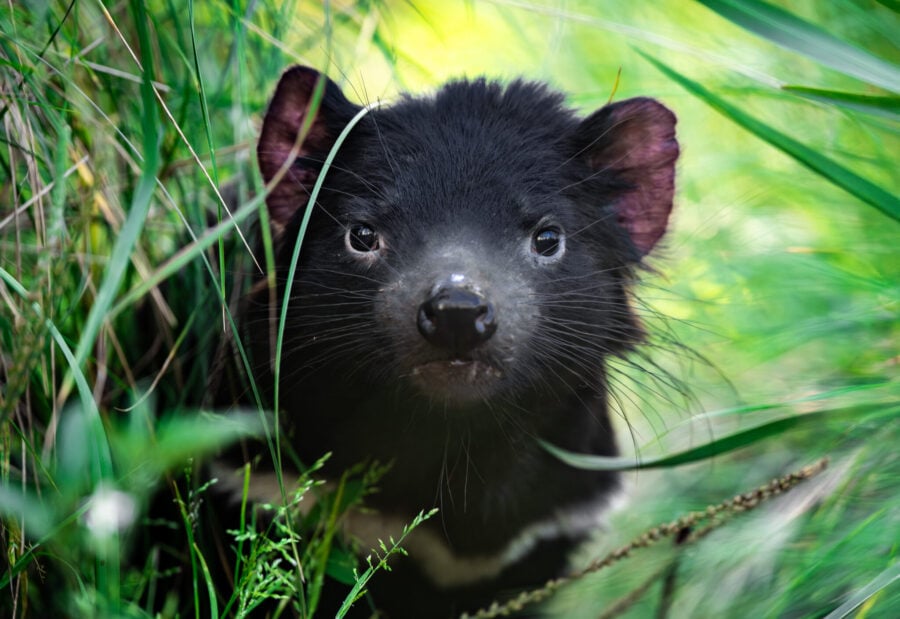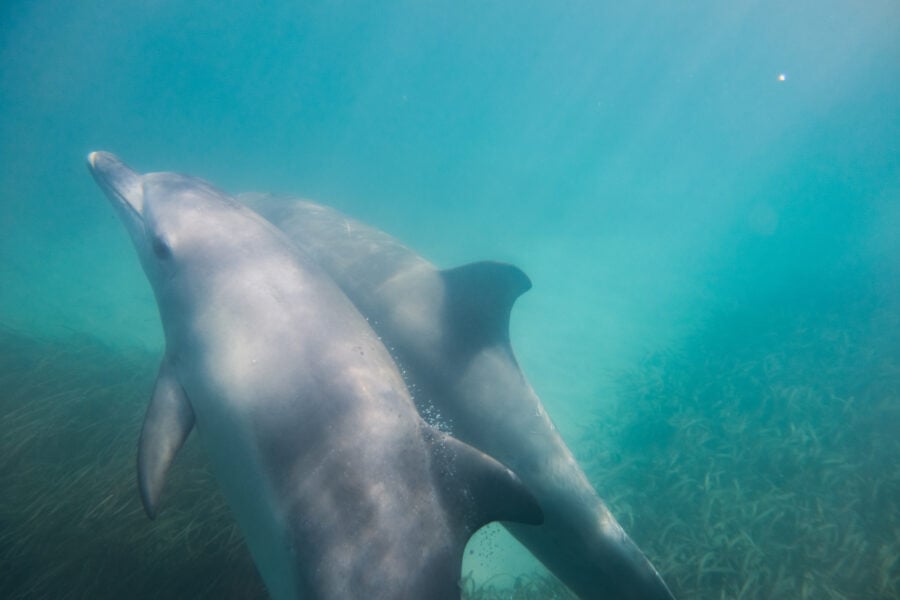Climate change causing butterflies to emerge 10 days early

REGIONAL WARMING IS causing one species of Australian butterfly to emerge ten days earlier then it did 65 years ago, new research has found.
The study is one of the first to show evidence of human-caused climate change on natural systems in the southern hemisphere, according to co-author and climatologist David Karoly of the University of Melbourne.
“Climate change has already had an impact on natural systems,” says David. “These findings help to make improved projections of the impact on this butterfly species and on other natural ecosystems.”
Early emergence
The researchers found that the springtime emergence of the common brown butterfly (Heteronympha merope), found in abundance across Southern Australia, has shifted 1.6 days per decade over a 65-year period, as temperatures increased. Since 1910 Australia has seen an average increase in temperature of 1°C.
For the study, 1000 caterpillars were raised in a laboratory at different temperatures to study the impact of temperature on their maturation process. The researchers then integrated their findings with both historical weather data for Melbourne and historical data from natural history collections on the date of emergence of the common brown butterfly.
The research suggested that the early emergence of the butterflies is caused by warmer air temperatures speeding development. The findings were detailed last week in the journal Biology Letters.
‘A challenge to species‘
According to Michael Kearney, co-author and zoologist, also at the University of Melbourne: “shifts in seasonal life cycle events represent a challenge to species, altering the food and competition present at the time of hatching.” He says that studies such as this will allow for better forecasting of these shifts and their consequences.
David Britton, an entomologist at the Australian Museum in Sydney agreed that the study is an important milestone. He said that “it is important that funding bodies interested in providing funds for climate change research recognise the role of natural history collections, and that they look at investing in digitalisation of museum collections as a way of increasing the amount of information available for climate change researchers.”




